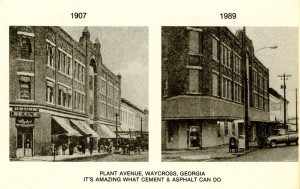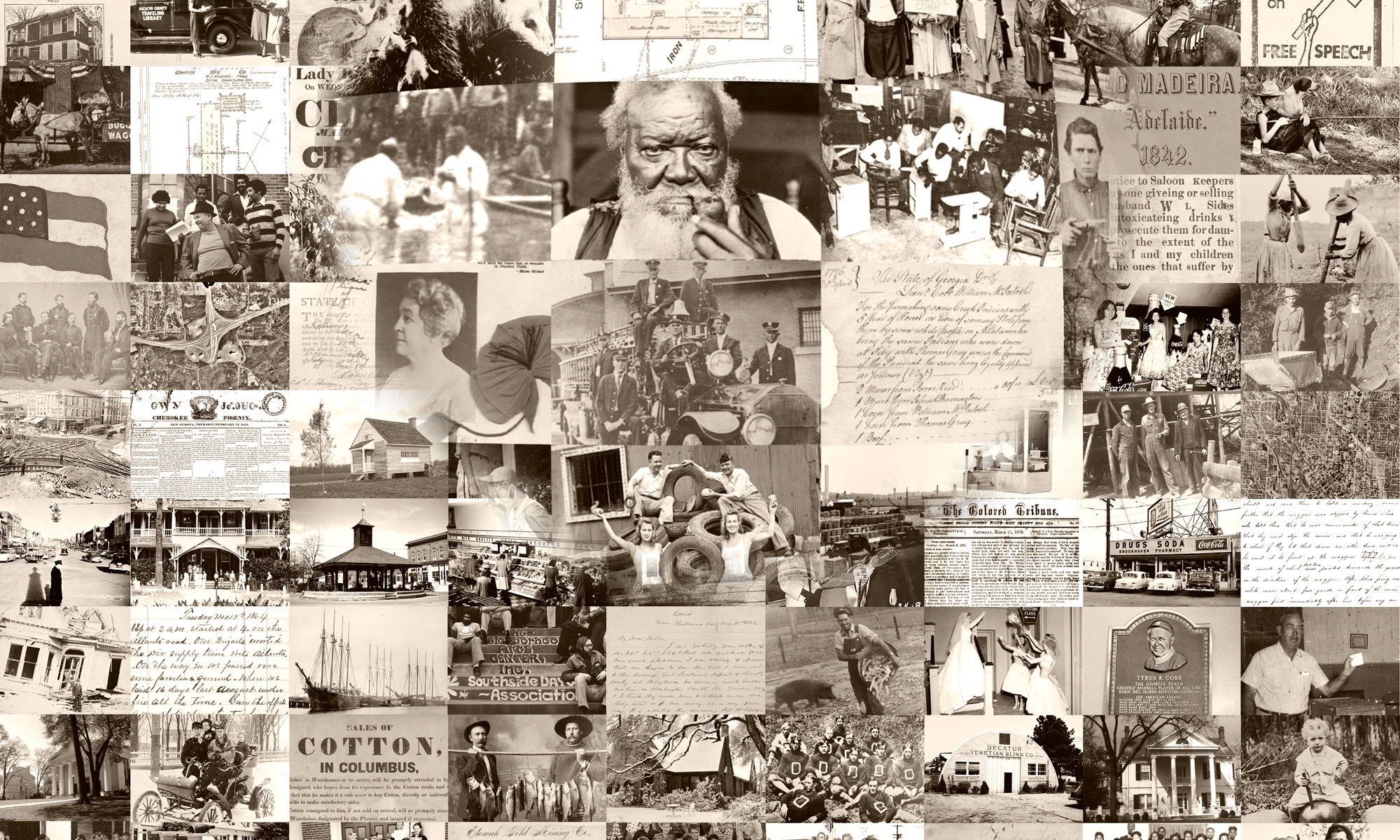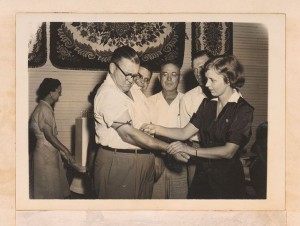
Please welcome our new project partner, the Okefenokee Regional Library System http://okrls.org/ , and their two new collections, the Okefenokee Postcard Collection (available at http://dlg.galileo.usg.edu/CollectionsA-Z/pos_search.html) and the Laura S. Walker Collection (available at http://dlg.galileo.usg.edu/CollectionsA-Z/lsw_search.html ). These collections were digitized as part of the DPLA’s Public Library Partnerships Project (PLPP), connecting public librarians and public library collections with the DLG and DPLA. We have enjoyed the opportunity to work with the Okefenokee Regional Library System, and appreciate the chance to make its resources available online.
Kathleen McClure, the Systems Librarian at the Okefenokee Regional Library System explains that the Laura S. Walker Collection and Okefenokee Postcard Collection are both “of high relevance and interest to the area.” She notes: “Walker was a civic leader and environmental advocate in Waycross in the late 1800s and early 1900s. Many of the documents in the Walker Collection are originals–letters, pictures–of historical significance and should be made widely available for scholars and curious minds. The Walker Collection contains documents that exist in no other place and, until now, in no other form. Laura Walker can be considered a founder not only of the environmental movement, but of Waycross, shaping the history of the area in ways that persist to this day. However, there is a sad dearth of information available on the life of this woman. The Walker Collection glimpses into the personal and civic life of Ms. Walker.”
As for the Okefenokee Postcard Collection, McClure says: “The Eames Okefenokee Postcard Collection shows a glimpse into the past of Waycross, tourism to the Okefenokee Swamp and area industries. The Eames Okefenokee Postcard Collection is unique in its completeness. It is the single largest collection of vintage postcards for Waycross and the Okefenokee area on record. This collection is not only visually and artistically interesting; it catalogs the history and development of the area.”

McClure recommends looking at a postcard from the Okefenokee Postcard Collection labeled “Plant Avenue, Waycross, Ga.” that “really highlights the changes that have taken place over time.” She adds “The Okefenokee Postcard Collection has given me the idea to make the collection interactive with a photo scavenger hunt, where patrons find the vantages seen in the postcards as they exist today and take a photo of themselves in each location. This would promote not only our collection, but also the Waycross area in a fun way.”
We hope you enjoy these two new collections from the Okefenokee Regional Library System!



